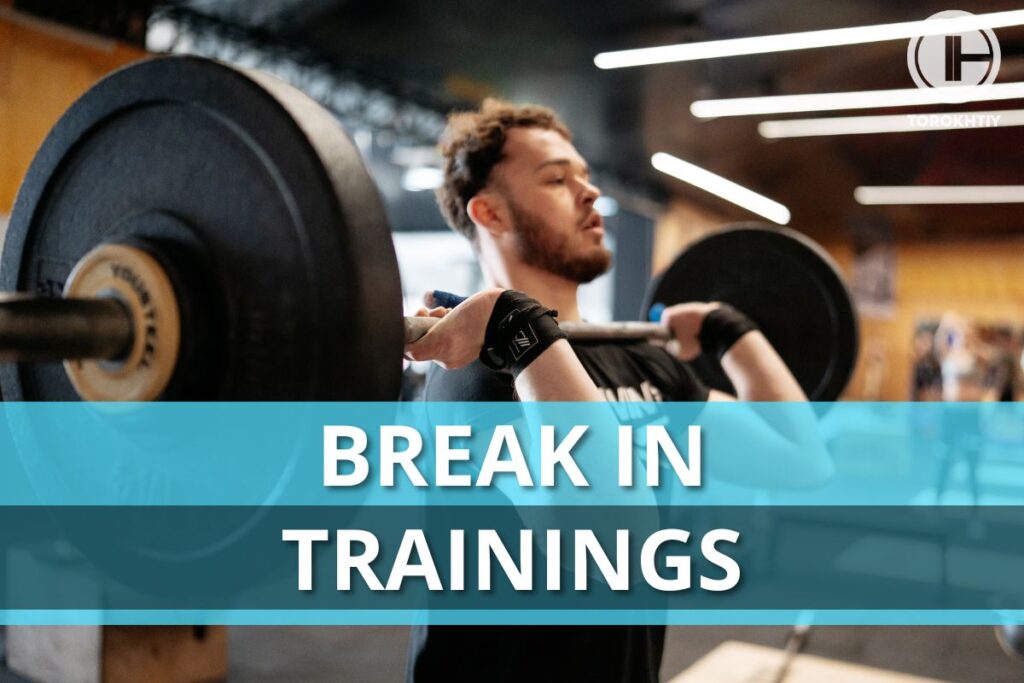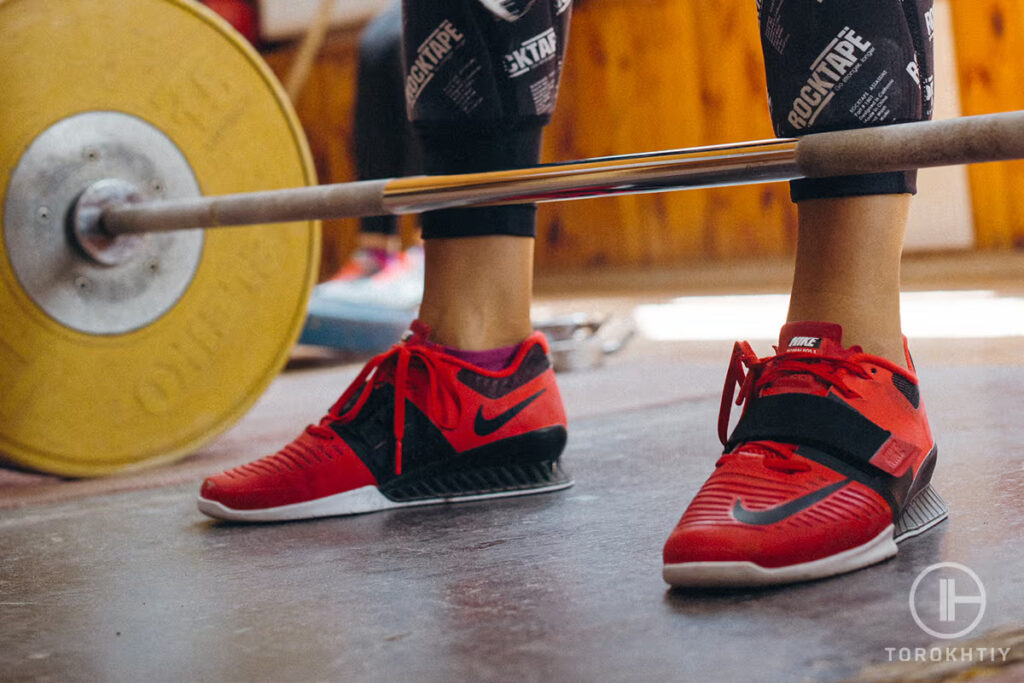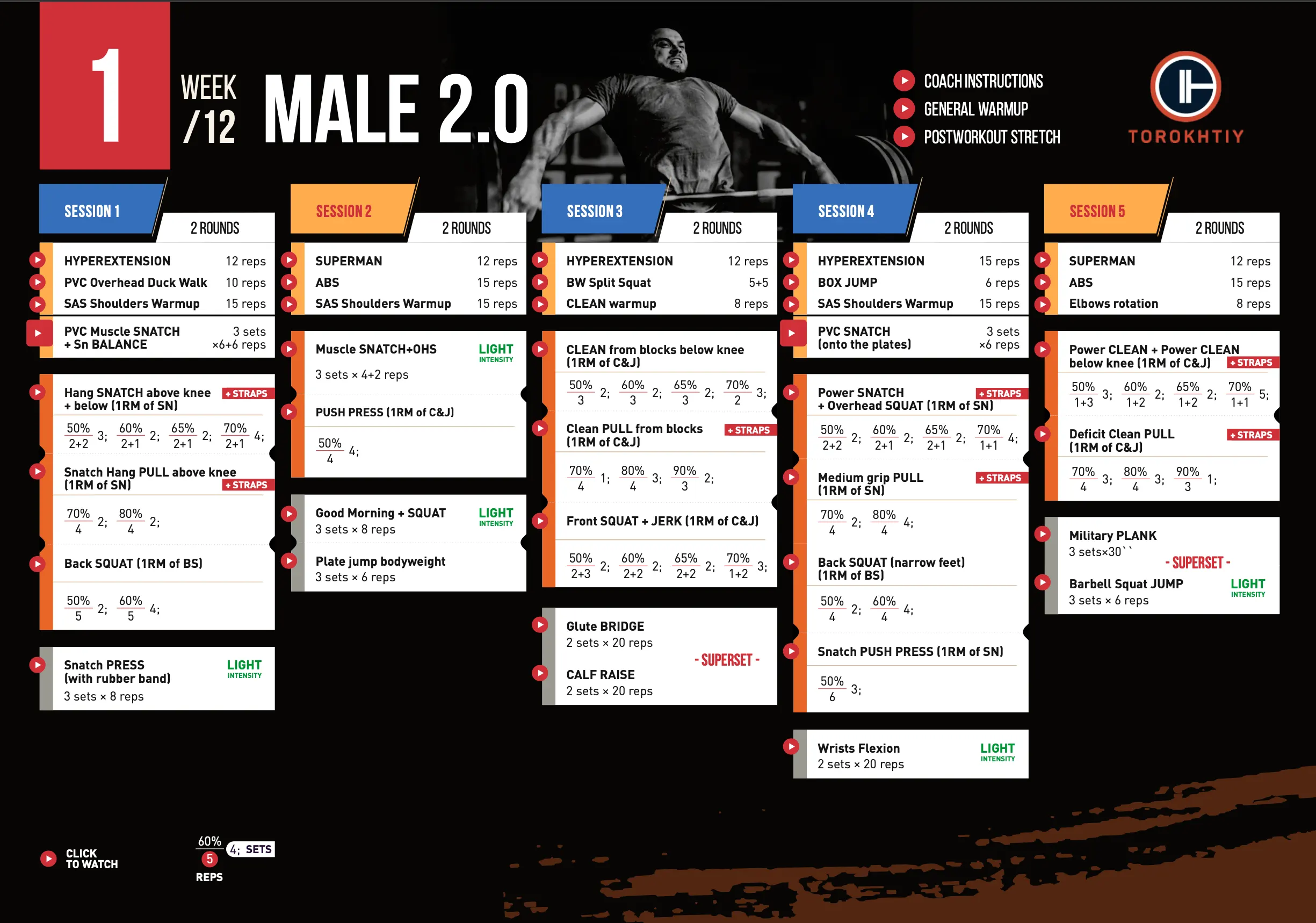Break In Trainings
Author:
Unlock your full potential by engaging with our experts and community! Have questions about your fitness journey or looking for expert advice on weightlifting techniques? Don’t hesitate — leave a comment below and Sergii Putsov will provide a personalized answer and insights to help you reach your goals.
Torokhtiy is reader-supported. Some links are affiliate links, and we may earn a commission at no extra cost to you. See our disclosure page for details.

This article also available as audio. Check this out!
Subscribe and listen it anywhere:
One of the main sports training principles is the training process continuity. Any professional athlete who knows the price of the sports results doesn’t stop training up to the end of his career. Please note that I did not say he trained hard with 10 trainings a week all the time.
The cyclicality isn’t the least important of the training principles, too. That is, depending on when the athlete competes, he can be in the preparatory, competitive or recovery-transitional period. I would like to mention that trainings should always take place, but their number and focus may differ. Preparatory period – routine basic work; competitive period – high intensity and many lifts for 1 time; transition period – sports, stretching, rehabilitation, general physical training. Different tasks are solved in each of these periods.
You may like it:
- Detailed Olympic Weightlifting Program For Beginners
- 12-Week Weightlifting Program For Women (Detailed Example)
- Create Your Olympic Weightlifting Program (Examples Included)
But what happens to our shape if we miss trainings due to different reasons? Very often even unplanned missing of one workout is like a snowball that turns into of 3, 5 and 10 missed trainings. Many people fear that by skipping one workout, they will immediately lose their athletic form.
Follow us!

Free!
Get a 2-week Weightlifting Program as a bonus for the subscription to kickstart your training plan!

Free!
Science says that there are 2 major factors affecting the shape loss speed: the break duration and the fitness level at the time of its beginning. It is much easier to regain the lost fitness level if you regularly trained for a long time. If you have systematically trained 3-4 times a week for more than a year, your muscular memory will be preserved better than in case of beginners.
For most experienced athletes, the strength loss starts after 2-3 weeks of trainings cessation, but this also depends on the body conditions during the break. If you are sick and your body is under stress, you will begin to lose strength after 2-3 weeks. If you are healthy and moving enough, a significant loss of power indicators will be felt only after the 4th week. This is consistent with research data (2001) of the American College of Sports Medicine (ACSM). However, they revealed the following pattern: while the general power indices practically do not decrease, fast twitch muscle fibers noticeably lose power.
There are different rules for beginners. Power indicators in their case are better preserved and recover faster after a break in training compared to experienced athletes. And this is logical: the further a person goes from the initial level, the harder it is for him to keep his shape, consequently the losses are higher too. And science confirms this. In 2011 Japanese scientists conducted an experiment in which 15 newcomers were divided into 2 groups. Both groups performed bench press with a high level of intensity. The first group trained 15 weeks in a row and the second took a 3 week break and then restarted training after 6 weeks. After 15 weeks, scientists compared the results: both groups had identical power indicators.

BUT
Weightlifting is not only a power sport, but also a difficult coordination one. Therefore, when a beginner misses a few weeks of training, he can deteriorate the technique itself, because the skill is not yet automated. Therefore, deadlifts, squats, presses can remain at the same level, but the snatch and clean exercises can resemble circus presentations. This needs to be remembered and if a break occurs then you must not try to lift anything heavy immediately in the snatch and clean.
There is a special reason why I’m mentioning this – I’ve experienced something similar in my life. When we had a break between the camps in the adult team, the coach let us go home for 3-4 weeks, always giving us the training program. Of course, there were athletes who completed them, there were guys that slightly reduced their sets, but there were those who never trained. They hoped that nothing would change drastically in 3 weeks and that after arriving at the Olympic base everything would be back to normal in a few trainings. But when everyone came to the base, the head coach tested us and already on the scales after 75% it was clear who trained and who didn’t: these athletes returned home the same day. Then they needed a lot of time to earn the right to rejoin the national team ranks.
How to slow down the fitness shape loss?
Regardless of whether you made a scheduled break in training or the reason for this was health problems, there are always ways to help you slow down the loss of the gained shape.
If your physical condition allows you to train but you cannot work with the barbell, run several times a week, this will help to maintain the muscle tone.
There may be many reasons for the strength trainings suspension, including injuries. However, if the damage is local (ankle or wrist), it is not necessary to use your injury as an excuse. As our head coach used to say in such cases: if you can’t put pressure on your legs – put it on your back, if you can’t put it on your back – put it on your arms instead and so on. By the way, nobody cancelled the technique improvement exercises with PVC, too.
If the injury is really serious or you get sick and have a high fever, in this case you must stay away from trainings completely.
Eat right
Proper nutrition during the break in the trainings will help to slow down the muscle loss and avoid putting on weight. Eat enough protein, choose healthy sources of carbohydrates and fats. Also it is important to observe the principle of rational nutrition during the rest period, in which the amount of energy must equal the costs.
Train together – train right
You might be interested in:
Why Trust Us?
With over 20 years in Olympic weightlifting, strength training, nutrition coaching, and general fitness our team does its best to provide the audience with ultimate support and meet the needs and requirements of advanced athletes and professional lifters, as well as people who strive to open new opportunities and develop their physical capabilities with us.
By trusting the recommendations of our certified experts in coaching, nutrition, and sports training programming, as well as scientific consultants, and physiotherapists, we provide you with thorough, well-considered, and scientifically proven content. All the information given in the articles concerning workout programming, separate exercises, and athletic performance, in general, is based on verified data.
The product testing process is described in more detail here.
Author: Sergii Putsov
Head of Sport Science, PhD
Best Results: Snatch – 165 kg,
C&J – 200 kg
Sergii Putsov, Ph.D., is a former professional weightlifter and National team member, achieving multiple medals in the 94 kg weight category at national competitions. With a Master’s degree in “Olympic & Professional Sport Training” and a Sport Science Ph.D. from the International Olympic Academy, Greece, Sergii now leads as the Head of Sport Science. He specializes in designing training programs, writing insightful blog articles, providing live commentary at international weightlifting events, and conducting educational seminars worldwide alongside Olympic weightlifting expert Oleksiy Torokhtiy.









Very usefull tips for athletes!!!!!